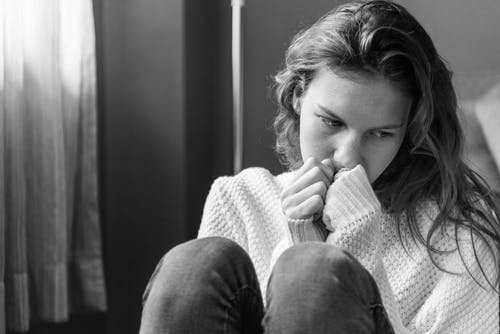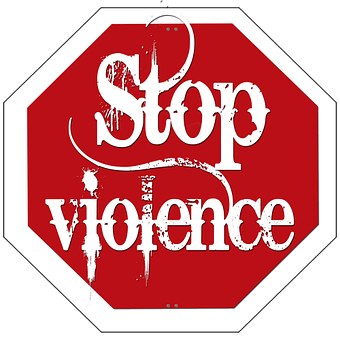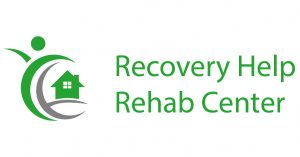Dating A Domestic Abuse Survivor: What You Should Know – Part 2
The first part of this blog is about Validation and Listening to domestic abuse survivors. This last part will discuss on triggers, boundaries, and response.
 Source: pexels.com
Source: pexels.com
Looking For Triggers
According to Toby D. Goldsmith, MD, “Domestic violence can happen in any relationship, regardless of ethnic group, income level, religion, education or sexual orientation. Abuse may occur between a married people, or between an unmarried people living together or in a dating relationship.”
In almost all cases, domestic abuse survivors suffer from anxiety-related issues, depressive moods, post-traumatic stress disorder, and the general trauma condition. A trigger is far different from being upset, though. Elicia Miller, Founder of Core Emotional Healing, says that it is imperative to differentiate trigger from being upset. An emotional trigger can create amplified reactions like explosive anger to crying, and isolation to dissociating. It is normal to be upset, but triggered by trauma is not an ordinary happening.
Other trauma victims may have suppressed it, and manages to put “look normal” on the outside. Their trigger may come as a surprise for them and that they don’t even know it is happening. It also does not mean they aren’t coping with the pressures, tensions, or additional burdens of the physical or emotional kind each day. It’s just a challenge for them, especially if they don’t have any help.
A suggested application by Stefani Goerlich, LCSW, is the 5-4-3-2-1 coping method. What does it do to a traumatized person?
- Observe your environment and pinpoint five things that you are familiar with.
- Determine four things around you that you can feel with your hand and touch.
- Hear at least three sounds from your surroundings.
- Find two scents that you can smell.
- Give yourself a positive affirmation.
It will be a challenge to do, but you can at least try.
 Source: pixabay.com
Source: pixabay.com
Observe Them, And Set Boundaries
Diligence is needed in these cases, but be careful as to not turn into intrusiveness, which can remind them of the horrors they went through. An anonymous woman, aged 22, who has been through physical abuse from her parents, recounts that she felt safe and secure with her partner because he gave her space. She adds that he has been very supportive in the recovery process, and even asks for permission to such things as holding her hand, a hug, among others. It may not be much, but you would do well to consider their needs before you unintentionally jeopardize the process.
Being romantically involved with a survivor of abuse requires you to follow their lead, to regain their sense of control over themselves, which had been broken from that abuse. Samantha tells that it’s all too easy to overstep your role, all to make them ok, but you will have to be reminded that an abusive relationship is not love. Traumatic encounters do not love. Developing a mental health condition because of the traumatic encounters in your relationship is not like. If you are not a mental health specialist, this mental health condition that you will develop, cannot be treated. It will not go away.
Making sure they have networks and helplines to professional help, such as guidance counselors, therapists, or even just understanding friends, can be very crucial.
 Source: pixabay.com
Source: pixabay.com
Respond Accordingly
As support, it can be difficult, if not downright sad and painful to watch someone you love recover from a traumatic experience. This is why it is needed to assert and differentiate how you feel and how you would react in the same circumstances. Stefani Goerlich, LCSW, said something like each person experiences trauma differently – there is no right path going through trauma. “There is no right or wrong way to experience trauma,” she says. Each situation is different, and responding to each will also vary.
“It’s not easy to know what to do when someone you love is in an abusive relationship; confronting the abuser is rarely the solution,” Joel L. Young, MD, wrote. “We can all do our part by abandoning false beliefs, embracing a culture of safety, and supporting the victims we know.”




